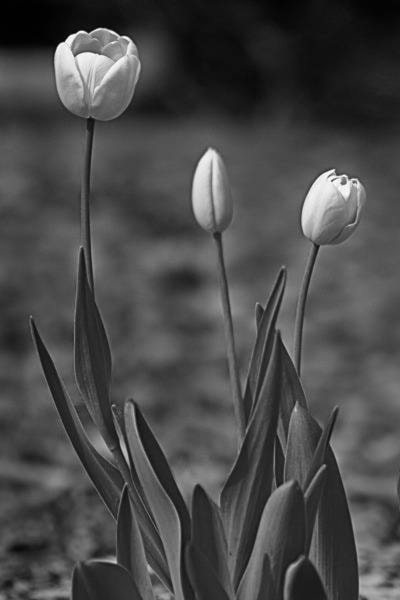I recently read a post on Facebook regarding photographing landscapes that said, “I’m not too sure how you’re supposed to choose a focal point when everything can be so similar…I focused on the tree, but not sure how that works for the composition.”
I was impressed with that post when considering that most people just select some automated mode, point their camera, and release the shutter. And, unlike the person that placed that post searching for answers to make her photographs better, most photographers are satisfied with not so sharp compositions.
My retort, all too quickly, was to review depth-of-field, but the Facebook reply box is limiting and not a very good place for such a broad discussion.
In my opinion a scenic/landscape photograph should be sharp, bottom to top. When I say that, I mean those elements in the foreground closest to the viewer should be in focus, and those in the distance should also be sharp enough to show some detail.
For landscape photographers intent on controlling the field of focus in their images, from front to back, do so by learning to manage depth-of-field.
Depth-of-field is defined as, “that area around the main subject, in front of and behind, that is in acceptably sharp focus”, and that will be, of the total field of focus, one-third in front and two-thirds behind the main subject.
Depth of field is controlled with the aperture. The smaller the lenses aperture is the more the area of focus, or depth of field, will be. I prefer using a smaller aperture for scenic photography. Most landscape photographers desire an image that appears sharp throughout the scene, so that elements of foreground interest look just as sharp as the distant horizon. Depth of field does not abruptly change from sharp to unsharp, but instead is a gradual transition. Everything immediately in front of, or in back of, the main subject begins to lose sharpness.
Many use a rule of thumb where one focuses roughly 1/3 of the way into a scene in order to achieve maximum sharpness throughout. While this isn’t optimal because the precise distance also depends on factors like subject distance, aperture, and focal length, it is better that just pointing and depending on the camera’s computer to make that decision.
My suggestion to that aspiring landscape photographer would be to begin by mounting the camera on a good, sturdy tripod. The tripod will negate the need to worry about slow shutter speeds that will likely appear on anything other than bright sunny days. I would also select either manual or aperture priority modes because as I wrote, the size of the aperture controls the depth-of-field or, in other words, the field of focus from near to far in the composition. I would then chose an aperture of f/8 or smaller. I would meter the scene and set the shutter to the proper exposure, or as with Aperture priority, let the camera select the shutterspeed.
I might be using a polarizer or a graduated neutral density filter, but that doesn’t matter as long as the camera is steady, the meter reading is correct and the depth of field is enough to cover important elements in my capture.
These are my thoughts for this week. Contact me at www.enmanscamera.com or emcam@telus.net. Stop by Enman’s Camera at 423 Tranquille Road in Kamloops.
I sell an interesting selection of used photographic equipment.
And if you want an experienced photographer please call me at 250-371-3069.
